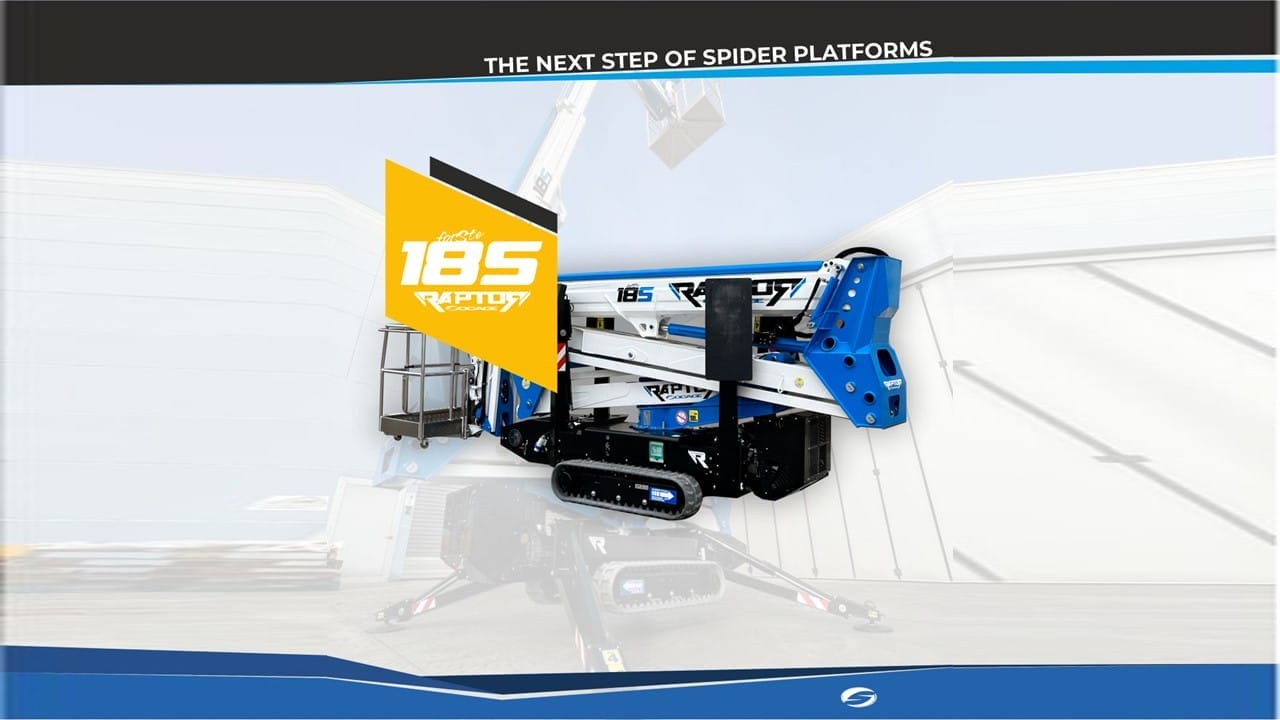Charles Darwin made a theory of evolution that is essentially about these three: species change over time, only the fittest survive, and men came from ape-like creatures. He suggested that humans, even animals, have descended from certain being that have undergone big changes over a long time.
Following that theory, scientists from University of Oxford have provided an interactive 3D model on what the future of man would look like – its skeletal system, at least.
The 3D computer models, using 3D engineering and mathematical methods, were developed upon compiling 128 slice CT scans of bones from humans, early hominids, primates and dinosaurs.

A total of 224 bone specimens, spanning 350 million years from the Devonian period to the modern day were scanned to make the models. It includes amphibious reptiles (eg. Hellbender), dinosaurs, shrews, tupaiae, lemurs, primates, A. Afarensis (Lucy), H. Erectus (Turkana Boy) and H. Neaderthalis.
Its focus is on the human joints that show how these body parts are likely to evolve in the future. Samples included shoulders, hips and knees that were analyzed from different generations to predict future procedures of orthopaedic surgery.

Such give insights on the morphological trends associated with common orthopaedic complaints, such as anterior knee pain and shoulder pain.
Dr Paul Monk, leader of the research at the Nuffield Department of Orthopaedics, Rheumatology and Musculoskeletal Sciences, shares, “Throughout our lineage we have been adapting the shape of our joints, which leads to a range of new challenges for orthopaedic surgeons.
“Recently there has been an increase in common problems such as anterior knee pain, and shoulder pain when reaching overhead, which led us to look at how joints originally came to look and function the way they do.”
He says that the 3D computer models will allow them to identify the root causes of many modern joint conditions, as well as enabling us to anticipate future problems that are likely to begin to appear based on lifestyle and genetic changes.
Monk also points out the importance of this research in re-thinking the approach for many common surgeries, since current shapes of joint replacements might not work in the future for the evolved humans.
“We also wanted to see what we’re all going to look like in the future, and to answer questions such as ‘are we evolving to be taller and faster or weaker’, and ‘might we be evolving to need hip replacements earlier in the future?” he adds.
Moreover, extrapolating of these morphological trends allows 3d printing of possible future skeletal shapes for surgery.
Source: University of Oxford












